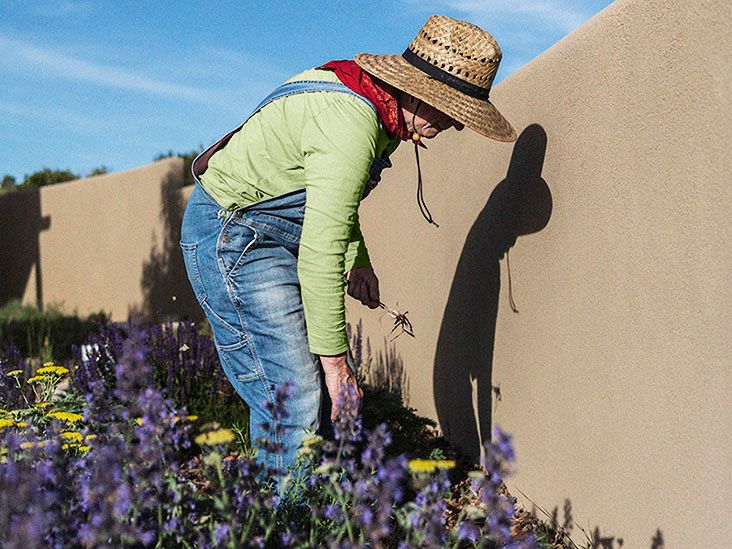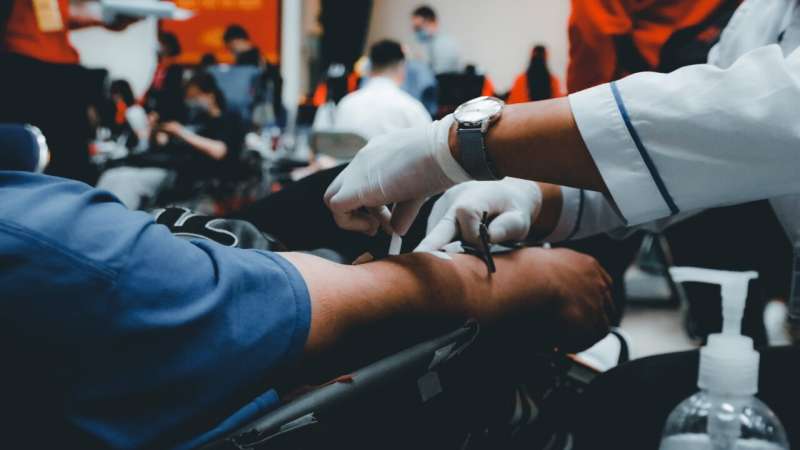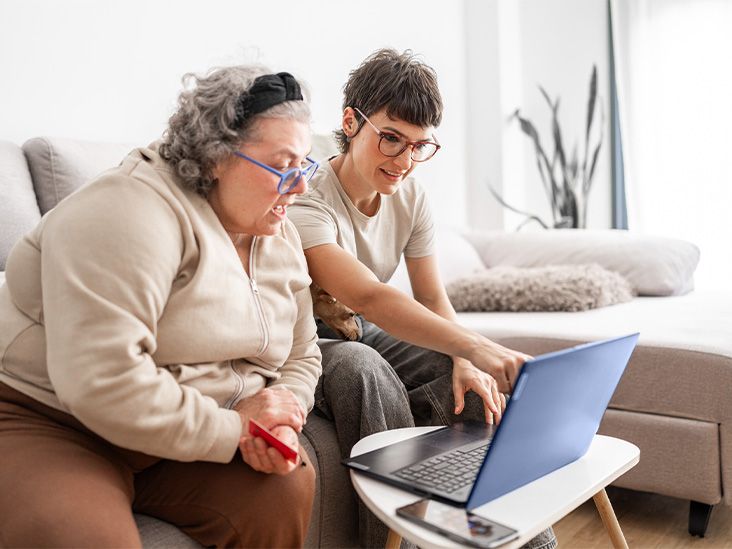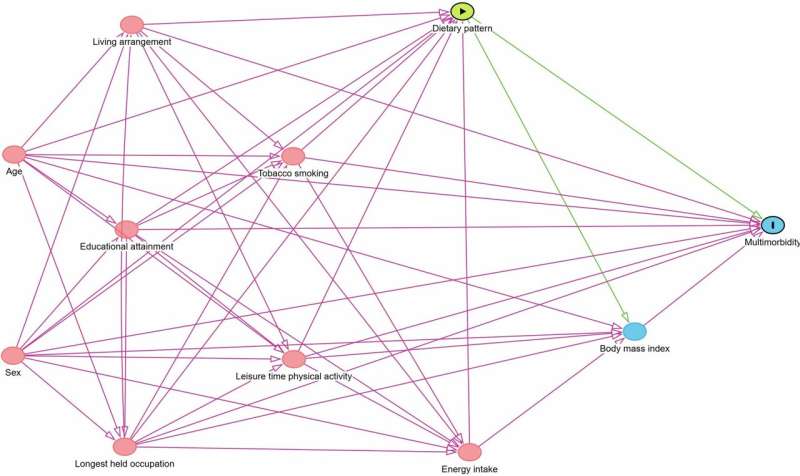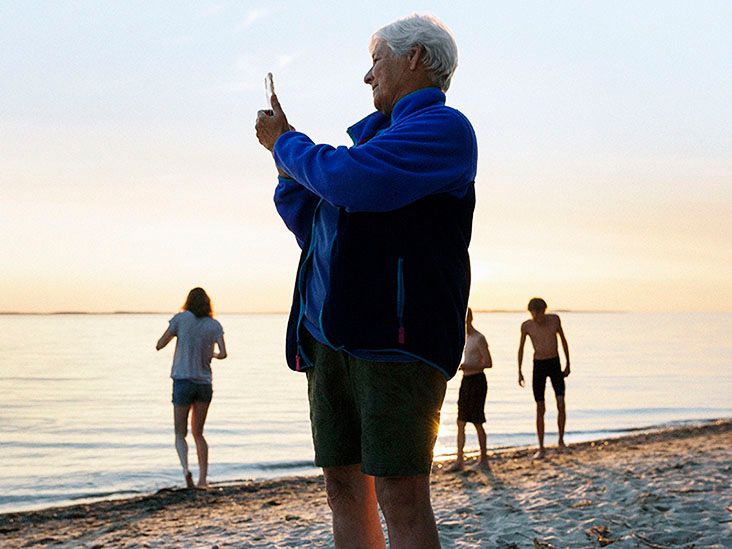Yeah, I get it. Some days feel like you're trying to keep five balls in the airyour job, your kids, your relationship, your sanityand now you've added one more: your mom, your dad, your spouse, who needs your help just to get through the day. You didn't exactly raise your hand and say, "I'll do it." But here you are. A family caregiver.
And guess what? You're not alone. Not even close. In fact, there are more of us stepping into this role than ever beforeover 53 million family caregivers in the U.S. right now, according to a recent AARP and National Alliance for Caregiving report. That's more than the population of entire states. And behind each number is a real personjust like youdoing their best while riding a rollercoaster of love, exhaustion, guilt, pride, and everything in between.
So let's talk about this. Not in some cold, clinical way, but like two people sharing coffeehonestly, warmly, and with a little "me too." Because caregiving doesn't have to be something you do in silence.
Why Now?
Why are so many of us becoming family caregivers? It's not just coincidence. A few big shifts are quietly reshaping how we care for our loved ones.
First, our parentsthe Baby Boomersare aging. And they're living longer. That's good news, but it also means more years spent managing health issues. Next, the cost of professional care? Sky-high. A private room in a nursing home can cost over $100,000 a year. For most families, in-home care by a professional is simply out of reach.
So what do we do? We step in. At home. With love. And sometimes, more stress than we expected.
There's also a growing cultural shift: people want to care for their family at home. It feels right. More personal. And with greater awareness thanks to advocacy and support networks, what used to be called "just helping out" is now being recognized as family caregivinga role that's real, demanding, and worthy of support.
To give you a clearer picture, here's a snapshot of what caregiving looks like today:
| Statistic | Data |
|---|---|
| % of caregivers caring for someone 65+ | ~60% |
| Average years spent caregiving | ~4 years |
| % of caregivers also working full-time | ~46% |
| % who report high emotional stress | ~40% |
| Annual economic value of unpaid care | Over $600 billion |
Sources: AARP, National Alliance for Caregiving, 2025 estimates
Let that last one sink in: unpaid family caregivers contribute more than $600 billion in economic value every year. That's not just lovethat's labor. And it's time we treat it that way.
Love and Burnout
Caregiving is one of those experiences that can stretch your heart wide open and break it at the same time. You'll find joy in a shared laugh, pride in helping someone feel safe, and deep connection. But there's no sugarcoating itthis role is hard.
Many of us struggle with chronic stress. We lie awake wondering, "Is Mom taking her meds?" "Did I miss a sign?" "Can I afford this month's bills?" Sleep becomes a luxury. Anxiety creeps in. Some of us end up dealing with depression without even realizing it.
And let's talk about physical strain. Lifting, bathing, driving to appointmentsit adds up. One study found that family caregivers often neglect their own health, skipping checkups, ignoring pain, and living on fast food between appointments. We take care of everyone else until we break.
Then there's the emotional tollfeeling isolated, even when you're with someone all day. Friends stop calling. Relationships with partners or kids get strained. You feel guilty taking time for yourself, but also guilty if you're not doing enough.
Sound familiar?
Meet Maria, from San Diego. She's a full-time office manager and the primary caregiver for her 82-year-old mom with Alzheimer's. "I used to think I had to do it all," she told me. "But I hit a wall. I was crying in the parking lot after work. That's when I called my local Area Agency on Aging."
They connected her with respite carea trained aide who comes twice a week so Maria can go for a walk, nap, or just breathe. She joined a support group and started attending free counseling sessions. "It didn't fix everything," she said. "But it reminded me I wasn't alone. And that made all the difference."
Maria's story is more common than you think. And it's proof that reaching out isn't weaknessit's strength.
Support That Works
Okay, so where do you start? If you're thinking, "That sounds great, but I don't have time to figure it out," I hear you. That's why I want to break this down simply.
Support for family caregivers comes in a few forms:
- Emotional support groups, counseling, peer chats
- Physical respite care, home modifications, mobility aids
- Financial reimbursement programs, tax credits, insurance benefits
- Educational training for wound care, dementia communication, legal planning
Let's talk about respite carebecause it might be the most underrated gift you can give yourself. Respite means "a break." And no, it's not selfish. It's survival.
You can get respite care in two ways: in-home (a trained caregiver comes to your house) or out-of-home (your loved one stays temporarily at an adult day center or assisted living facility). Many programs are funded through the Family Caregiver Support Program under the Older Americans Actyes, it's taxpayer-funded, and yes, it's there for people like you.
Take California, for example. If you're caring for an aging parent, you can contact your local Area Agency on Aging. No income limit. No complex paperwork. Just supportlike paid respite hours, counseling, training, even legal help or emergency aid if you need it. Other states have similar systems, so don't assume yours doesn't.
Get Paid to Care
Now, here's something that might surprise you: You can get paid for caregiving. I knowthis still feels like a taboo topic for a lot of families. "How can I get paid for taking care of my mom? That feels wrong." But hear me out.
Getting paid isn't about profiting from pain. It's about recognizing that caregiving is work. And when you're doing it full time, skipping shifts at your job, or losing retirement savings, getting compensated can be the difference between stability and crisis.
If your loved one is on Medicaid, you might qualify for something called the Consumer-Directed Personal Assistance Program (CDPAP). In states that offer it, you (or another family member over 18) can be hired as a paid personal care assistant. The care recipient chooses you. You get trained. And you start earninganywhere from $12 to $20 an hour, depending on where you live.
What if they're not on Medicaid? Still options:
- Long-term care insurance Some policies allow you to be reimbursed as a family caregiver.
- Veterans benefits If your loved one served in the military, they might qualify for programs like the VA's Program of Comprehensive Assistance for Family Caregivers or Aid and Attendance, which gives extra pension money that can cover your time.
- Paid family leave Over a dozen states, including California, New York, and Washington, offer partial wage replacement when you take time off to care for a seriously ill family member.
Think about it: if a stranger can get paid to care for your mom, why shouldn't you? You know her better. You love her more. And honestly, you've earned it.
How to Start
"Okay, but how do I actually do this?" I hear you. Let's walk through it together:
- Check eligibility Is your loved one on Medicaid? A veteran? Do they have long-term care insurance? This determines your path.
- Reach out Contact your state's Medicaid office or VA benefits center. Be direct. "I'm a family caregiver. What programs can help me get paid?"
- Apply You'll likely need forms signed by a doctor and some personal info. But most applications are simpler than they look.
- Get trained Some programs require basic caregiving training. Many are free and online.
- Get paid Once approved, payments usually come via direct deposit.
It's not always instant. But it's possible. And for many people, it's life-changing.
Where to Find Help
You don't have to navigate this alone. Some amazing, free resources existno strings attached.
The Family Caregiver Alliance offers a tool called CareNav, which helps you create a personalized care plan. They also have multilingual resourcesin Spanish, Chinese, Vietnamese, and Tagalogbecause caregiving doesn't speak just one language.
The Caregiver Action Network is another goldmine. Their "Toolbox" includes free webinars like "Step Into Their World" for dementia care, and real peer videos where people just like you share advicelike how to handle tough behaviors or talk to doctors.
And don't overlook USAGov and your local Area Agency on Aging. They connect people with meal delivery, adult day care, transportation, and even legal aid. It's all part of the systemwe just don't always know it's there.
If you're wondering, "Where do I even begin?" try this:
- Visit Eldercare Locator and enter your zip code. In seconds, you'll see local services.
- Call 1-800-677-1116. It's free, it's government-sponsored, and a real person will help you navigate options.
No pressure. No judgment. Just support.
You're Not Alone
Look, I know how easy it is to feel invisible in this role. You're the one holding everything together, but no one's handing out trophies. Some days, you might even question if you're doing enough.
But here's the truth: you're doing something extraordinary. And the fact that you're reading thissearching for answers, looking for helpmeans you're already on the right path.
The rise in family caregiving isn't just a statistic. It's a movement. More people are speaking up, asking for help, demanding better support. And because of that, more options exist now than ever before.
So whatever your journey looks likewhether you're new to caregiving or you've been in the trenches for yearsknow this: you deserve support. You deserve a break. You deserve to feel seen.
Don't wait until you're burned out to ask for help. You're not failing by reaching out. You're leading.
Take one small step this week. Call your local AAA. Explore CareNav. Try a support group. Sign up for training. Do something to lighten the loadeven if it's just writing down one thing you'd like to change.
Because here's the thing about caregiving: it's not about doing it all. It's about doing what you canwith love, with help, and with your own well-being in mind.
You're not alone. And honestly? You've already done enough just by showing up.
FAQs
What defines a family caregiver?
A family caregiver is someone who provides unpaid support to a loved one with chronic illness, disability, or age-related needs, often managing daily tasks and medical care.
Can family caregivers get paid for their work?
Yes, family caregivers may get paid through Medicaid programs like CDPAP, veterans’ benefits, long-term care insurance, or state-paid family leave policies.
What kind of support is available for family caregivers?
Support includes respite care, counseling, financial aid, training, legal help, and resources from organizations like the Family Caregiver Alliance and Area Agencies on Aging.
How can I find local help as a family caregiver?
Use the Eldercare Locator website or call 1-800-677-1116 to connect with local services such as meal delivery, transportation, and in-home care assistance.
Does taking breaks make me a bad family caregiver?
No. Taking breaks through respite care helps prevent burnout and improves your ability to provide consistent, compassionate care over the long term.
Disclaimer: This article is for informational purposes only and does not constitute medical advice. Always consult with a healthcare professional before starting any new treatment regimen.
Related Coverage
Find the right Medicare in Texas with our guide to coverage options, plans, and enrollment tips for Texans....
Find the best Medicare in New Mexico options for 2025. Compare plans, enroll with confidence, and get the coverage you need....
Learn about fresh wasabi's intense flavor and health benefits and discover where to buy the top authentic wasabi paste to perfectly complement sushi....
Get expert Medicare enrollment help to choose the right coverage. Avoid penalties and make informed decisions with our guide....
Get clear, simple help with Medicare in Illinois. Learn about coverage options, enrollment periods, and how to choose the right plan for you....
Quickly verify Medicare eligibility online to avoid surprises. Check your coverage status in minutes with our simple guide....
Medicare Plan G explained: monthly premiums, coverage gaps it fills, pros & cons, and who benefits most—all in plain terms....
A healthy diet for seniors boosts energy, supports brain health, and prevents disease. Easy changes make a big difference as you age....
Compare Michigan Medicare plans and choose the right coverage for your health needs. Get support and save money....
Get trusted Medicare plan help from SHIP, 1-800-MEDICARE, and free tools. Make confident choices without sales pressure....

